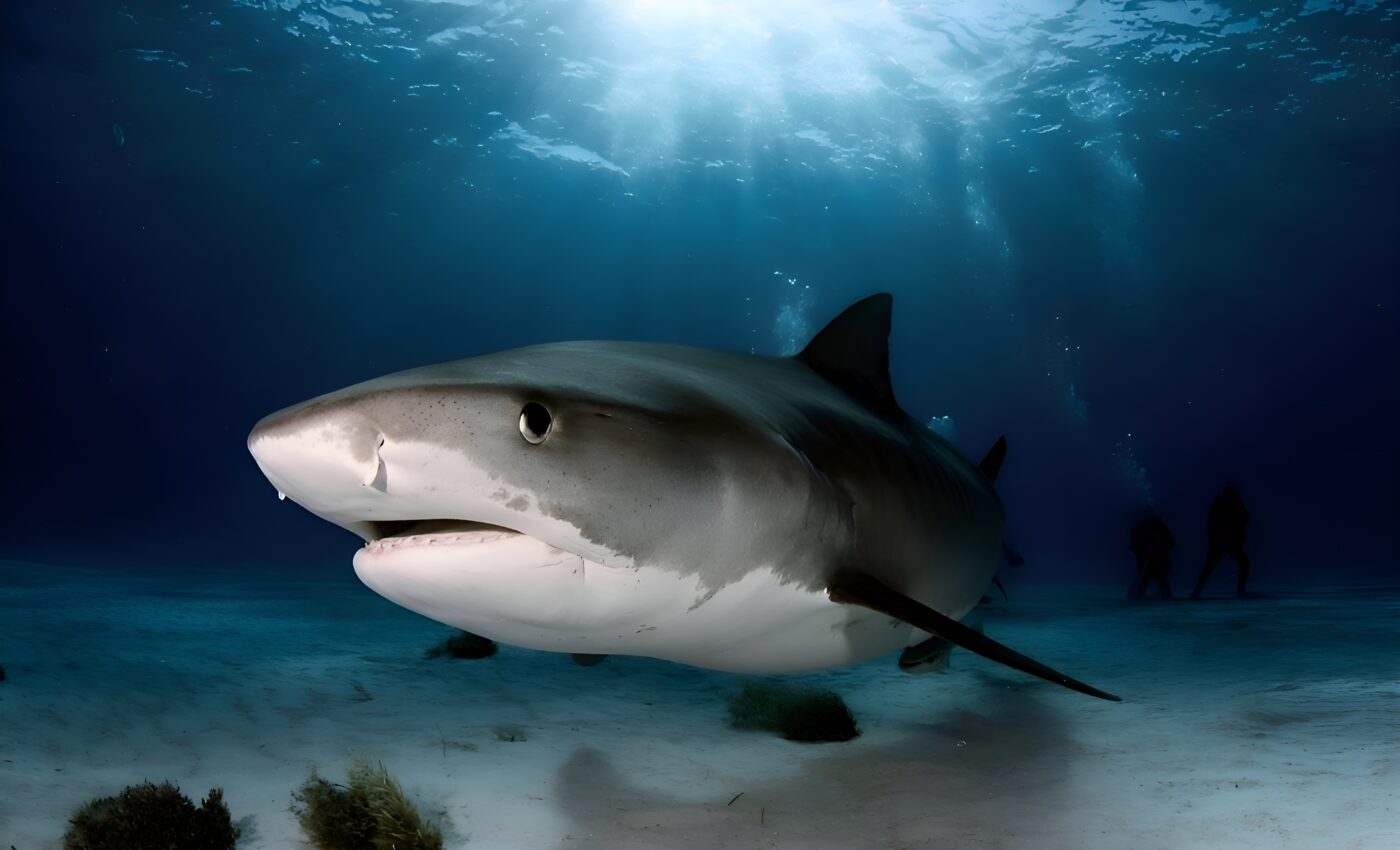
Diving to extremes: Predatory fish frequent the ocean's twilight zone
A new study has revealed that large predatory fish like sharks, tunas, and billfish visit the ocean’s twilight zone with surprising frequency. The mesopelagic zone, spanning depths of 200 to 1,000 meters below the ocean’s surface, was traditionally seen as an unlikely environment for these predators.
However, Camrin Braun of the Woods Hole Oceanographic Institution (WHOI) and his team have shed light on this mysterious region, revealing its crucial role as a habitat for predatory fish species.
Focus of the study
The comprehensive study was conducted using data from 344 electronic tags across 46,659 tracking days for various species in the North Atlantic.
“No matter what top predator you look at, or where you look at them in the global ocean, they all spend time in the deep ocean,” said Braun. “All of these animals that we think of as being residents of the surface ocean, use the deep ocean way more than we previously thought.”
Deep scattering layer
The diving patterns of the predatory fish were correlated with daily movements of the deep scattering layer (DSL), home to countless smaller marine organisms.
This DSL is integral to the Diel Vertical Migration – the daily movement of organisms between depths – providing a rhythm to the underwater world that large predators seem to be in tune with.
Theory confirmed
Study co-author Alice Della Penna from the University of Auckland expressed excitement about how different datasets aligned and confirmed their hypotheses.
“When we looked at this specific process from different perspectives, from the diving and the acoustics together, seeing that everything was falling into place was very exciting,” said Della Penna.
Diving to extremes
The study confirmed that predators dive deep to feed and also uncovered irregular behaviors, such as swordfish diving to extremes well beyond their expected feeding depths.
“Several species aligned perfectly with the expectations that they’re diving to feed, but there are behaviors that aren’t just for feeding,” explained Braun.
“Instead of diving down to 1,500 feet, a swordfish goes to 3,000 or 6,000 feet, much deeper than we would expect for that to be feeding behavior.” This means they are likely diving for other reasons that are not fully understood.
Climate implications
Furthermore, the research highlights the ecological services provided by these predatory fish, such as the potential sequestration of carbon dioxide, which could have significant climate implications.
With the large number of fish and organisms making this trek, study co-author Simon Thorrold said that these species are potentially moving a hefty amount of carbon dioxide from the surface into the deep ocean where it will stay for centuries – a potentially significant ecosystem service of the mesopelagic that is not yet quantified.
Universal appeal
Thorrold also pointed out the universal appeal of diving into the mesopelagic zone. “Sharks and tunas are evolutionarily a long way apart with very different sensory systems. And yet still both of those groups find that it’s worthwhile to do that type of behavior.”
Protecting the mesopelagic zone
The paper makes a strong case for the protection of the mesopelagic zone. It warns of the dangers of disrupting this ecosystem through fishing or resource extraction without a proper understanding of its complex food webs.
With climate change and commercial fishing threatening this habitat, the study serves as a cautionary tale about the potential long-term damage that could arise from its exploitation.
Study implications
The key findings from this extensive research suggest that the twilight zone of the ocean is not just a passage but a vital habitat and hunting ground for large marine predators, urging for its conservation and further study.
According to Thorrold, this deep-sea biomass contributes ecosystem services that are worth a considerable amount of money, and it is in everyone’s interest to keep the mesopelagic intact.
“We’re finding that the mesopelagic is providing an important support for other parts of the ocean,” said Della Penna. “If we start to exploit these mesopelagic ecosystems before we know how they work, there’s a really big risk of causing damage that is not easily reversible.”
The study is published in the Proceedings of the National Academy of Sciences.
Like what you read? Subscribe to our newsletter for engaging articles, exclusive content, and the latest updates.
—-
Check us out on EarthSnap, a free app brought to you by Eric Ralls and Earth.com.













